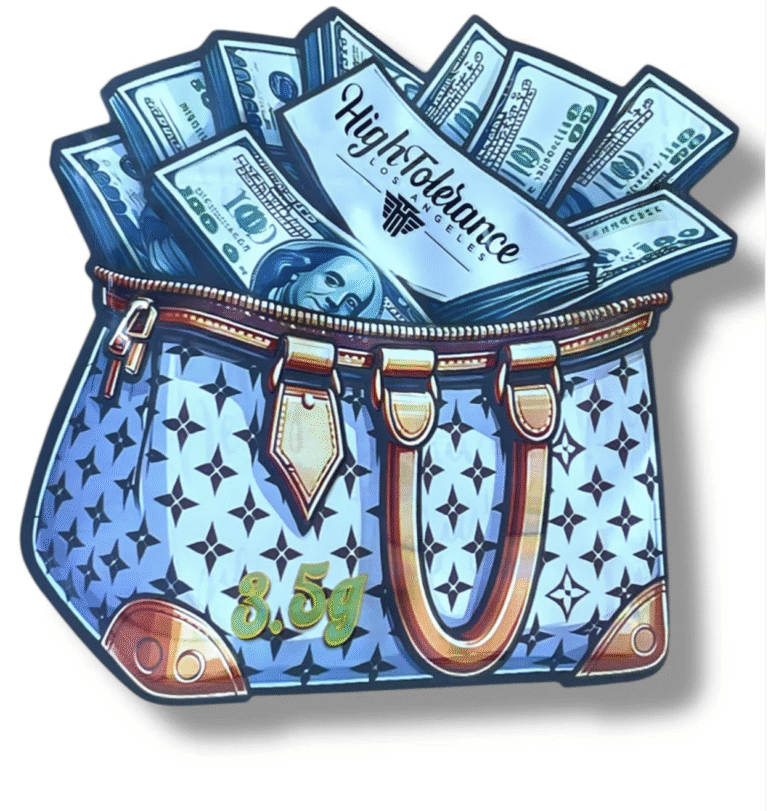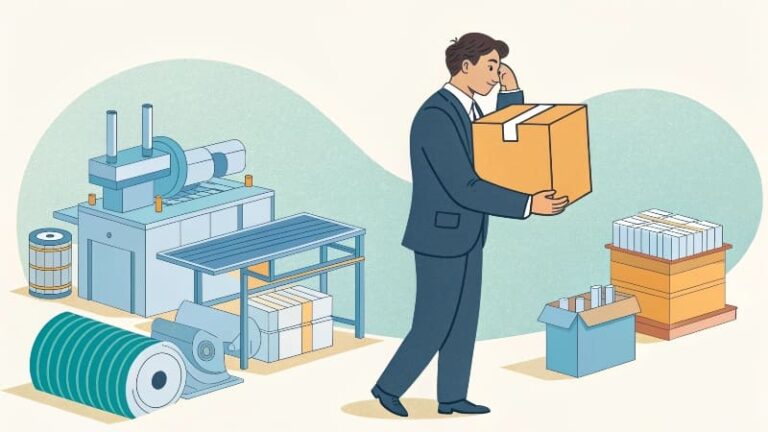Beyond the Bite: Rethinking Cannabis Edible Mylar Bags for a Safer, Smarter, and More Sensory Experience
•
8 min read
•
Industry Analysis
Edible cannabis products—from gummies to infused chocolates—have rapidly evolved from niche treats to mainstream staples, with edibles forecasted to capture nearly 50% of new consumer demand in mature markets by 2025 (BDSA, 2023). Yet, as the cannabis edible segment matures, so do its packaging challenges and opportunities—none more crucial than the plastic mylar bag.
While often viewed as a basic vessel, the edible mylar bag is quietly transforming into a stage for innovative safety, branding, and consumer interactivity. In this post, we unravel how the edible mylar bag is being reimagined—boosting compliance, reducing risks, and delighting consumers through sensory and digital enhancements.
1. Safety First: Engineering Out Risk for Edibles Packaging
With edibles, the stakes are high. Unlike flowers or vapes, cannabis gummies or chocolates often mimic everyday snacks—elevating risks of accidental ingestion, especially by children and pets.
Emerging Solutions:
Multi-Layer Child Resistance:
Edible mylar bags now often feature double-lock zipper mechanisms and multi-step “press and pull” access, exceeding traditional ASTM/CPSC child-resistance standards.
Unmistakable Warnings:
High-contrast, tactile warning panels (“Not Candy,” store away from children) are being hot stamped or embossed directly onto bag surfaces, reducing dependence on printed labels that can rub off.
Impact:
Colorado’s 2023 incident data showed a 17% decrease in accidental edible ingestion after implementation of stricter warning and bag engineering standards (Colorado Dept. of Public Health, 2024).
2. Edible-Friendly Function: Barrier Mastery and Portioning
Unlike raw cannabis, edibles are highly susceptible to oxygen, humidity, and odor transfer—risking shelf-life and taste. Today’s leading mylar bags are engineered not only for maximum barrier protection but also for edible-specific quirks:
Precision Resealability
Resealable zippers withstand repeated openings, crucial for multipack gummies or mints, preserving both freshness and dosage reliability.
Easy-Open for All
Balancing child resistance with accessibility, some bags incorporate tear notches or “adult dexterity tabs” for seniors or those with disabilities.
Trend Case:
In California, brands like Kiva Confections use high-gloss, multi-layer mylar combined with laser-perforated opening controls for effortless yet compliant access—a small feature making a big difference for daily users.
3. Sensory & Interactive Packaging: Turning Edible Bags into Brand Storytellers
Edibles packaging is emerging as a new canvas for immersive brand experiences, where function meets fun:
Flavor Synesthesia
Some brands experiment with scent-infused inks or varnishes on the exterior—so the bag “hints” at the flavor (e.g., berry, citrus) before you even open it, leveraging the principle of multi-sensory anticipation.
Tactile & Tasty
Premium ranges are adopting soft-touch matte finishes or shaped embossing that reflect product texture—think a gummy “squish” visual or tactile chocolate ripple—blurring the lines between packaging and product.
Digital Connection
Smart QR codes embedded beneath zippers can unlock surprise recipes, animated strain effects, or loyalty rewards—turning the humble edible bag into a digital gateway.
Creative Example:
In Oregon, startup “Zing” piloted an AR-enabled mylar bag in 2024, where scanning an on-pack code launches a short “meet your chef” video, explaining sourcing and infusion methods—building trust and delight.
4. Compliance and the “No Mistake” Mandate
Global regulators are increasing their focus on edible packaging—mandating robust opacity, non-candy mimicry, and fail-proof labeling. In Canada, for example, new 2023 guidelines require nutrition-style dosage tables and must not feature any “child-appealing” graphics, pushing brands to prioritize clarity and compliance over nostalgia or playfulness.
Pack-Out vs. Bulk:
A movement back toward individually packed, child-resistant single doses inside master mylar bags is underway in several states—addressing safety while tackling dose accuracy.
5. Looking Forward: Sustainability and the Next Wave
As eco-aware Gen Z and Millennial buyers take center stage, demand for recyclable and compostable mylar alternatives for edibles is soaring. Innovations in mono-material pouches (fully PE or PP) are gaining traction, as is pilot use of biodegradable coatings.
Circularity Pilot:
In 2024, a pilot partnership in California began collecting used edible mylar bags at dispensaries to test feasibility of local recycling—a first for the US cannabis market (Cannabis Packaging Collective, 2024).
Conclusion: More Than Just a Bag
Cannabis edible mylar bags have become a nexus of food science, child safety engineering, and brand experience design—in many ways, setting standards the entire cannabis industry will follow.
The era of utilitarian pouches is ending; tomorrow’s edible mylar bag is interactive, intuitive, unmistakably safe, and (increasingly) eco-responsible.
Action Steps for Brands:
Audit current edible bag designs for upcoming compliance shifts (child resistance, warnings, portion clarity).
Invest in sensory and digital features that make every opening a memorable brand touchpoint.
Join or launch pilot programs for mylar bag recovery or recycling.
Sources:
- • BDSA (2023), Cannabis Edibles Market Outlook
- • Colorado Dept. of Public Health (2024), Cannabis Incident Reporting
- • Cannabis Packaging Collective (2024)
- • Health Canada, 2023 Packaging Standards
Ready to Innovate Your Cannabis Packaging?
For more future-focused analysis on cannabis packaging innovation, or to discuss custom mylar bag solutions for your edible products, contact our expert team.




